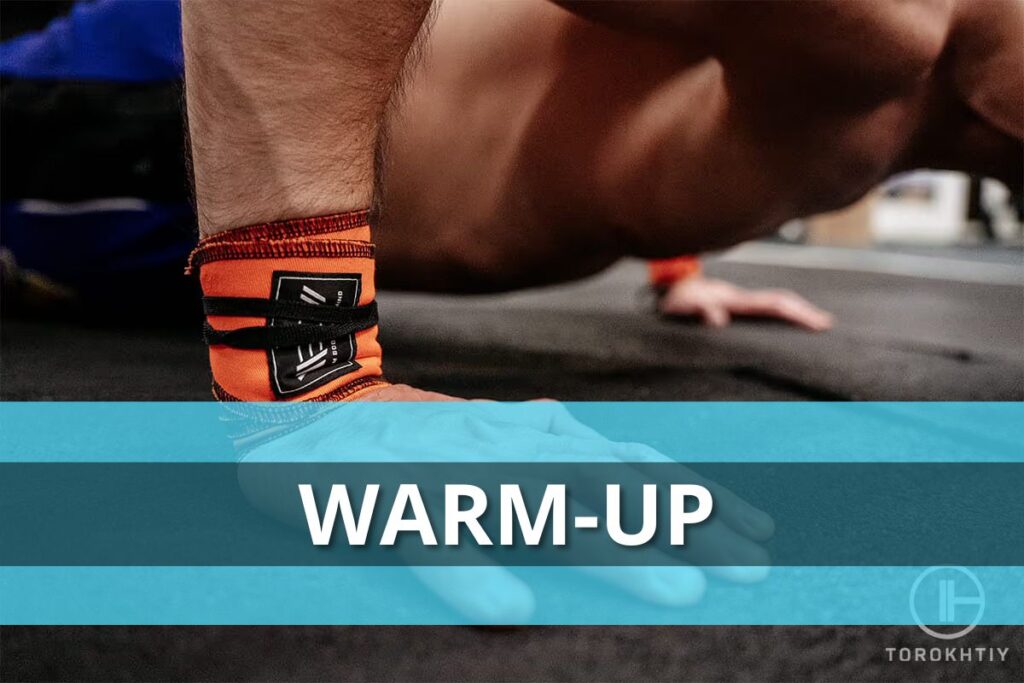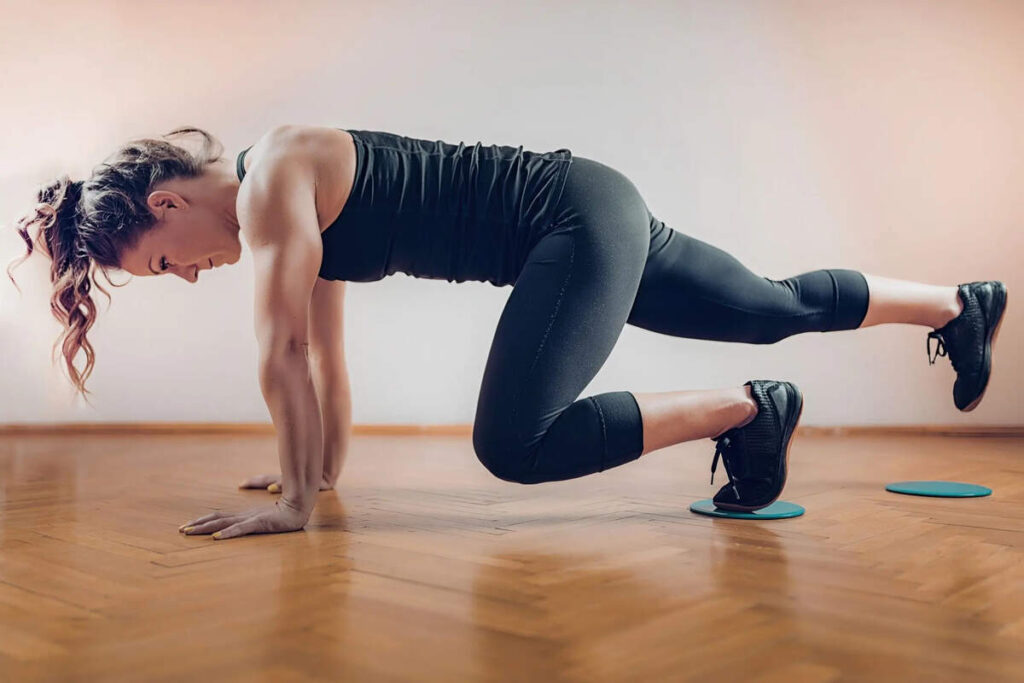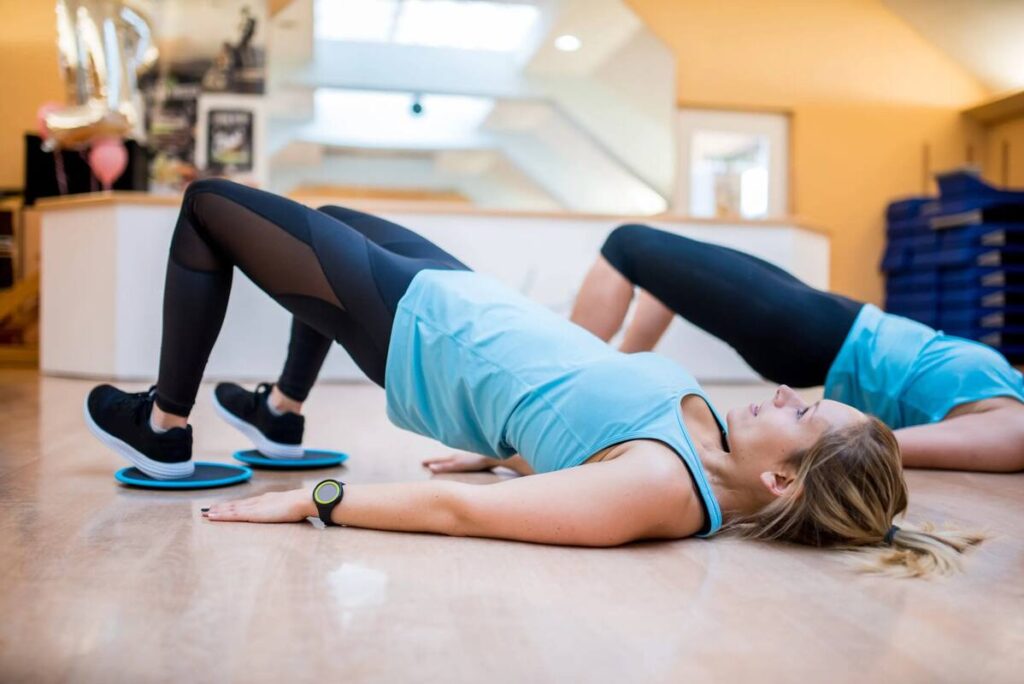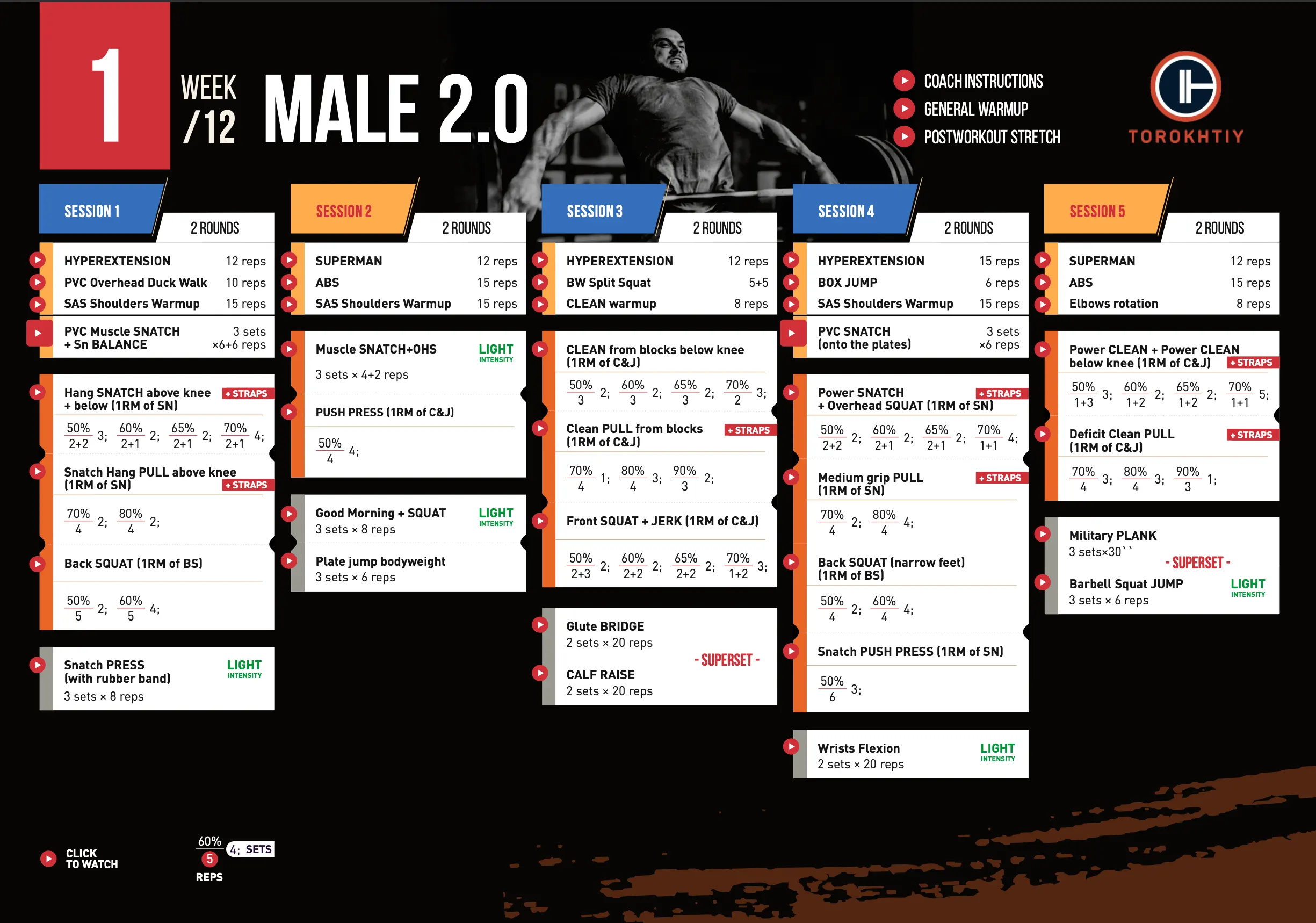Warm-up
Author:
Unlock your full potential by engaging with our experts and community! Have questions about your fitness journey or looking for expert advice on weightlifting techniques? Don’t hesitate — leave a comment below and Sergii Putsov will provide a personalized answer and insights to help you reach your goals.
Torokhtiy is reader-supported. Some links are affiliate links, and we may earn a commission at no extra cost to you. See our disclosure page for details.

I always start my seminars with the following story: when I was 17 and was a young and promising athlete, my warm-up could last maybe five minutes and I did not give much importance to this part of the training. Yes, the coach made us do the warm-up for a longer time, but never really explained why that was necessary and why it was so important. If we were warming up badly, he was just angry. When I was already in the national team, with six years of training experience, microtraumas began to appear. I realized that I just needed more time to get myself into the working training state. I finish this story with the phrase that “now all my training can be a warm-up,” and I’m not ashamed of that at all.
Training experience, studying at the university, working with rehabilitators and physiotherapists helped me understand better why warm-up and hitch are as important as the main part of the training.
Follow us!

Free!
Get a 2-week Weightlifting Program as a bonus for the subscription to kickstart your training plan!

Free!
Speaking about the workout, I would highlight 5 important factors:
You may like it:
- Detailed Olympic Weightlifting Program For Beginners
- 12-Week Weightlifting Program For Women (Detailed Example)
- Create Your Olympic Weightlifting Program (Examples Included)
- gradual increase in metabolic requirements;
- premature acidification prevention;
- gradual increase in intramuscular temperature;
- increased conduction of nerve impulses;
- early diagnosis of potential injuries.
Gradual increase in metabolic demands
All of us know that before any physical activity one is supposed to warm up the body, but not everybody can explain why this is necessary. Release of oxygen from hemoglobin occurs more efficiently when body temperature is elevated, which increases its muscle intake. This not only increases the efficiency of the cardiovascular system and reduces the burden on the heart, but also increases our muscle, ligament and joint capacity and they begin to work even more efficiently.

Premature acidification prevention
A gradual warm-up with a slowly increasing intensity promotes the physiological expansion of the blood vessels, which facilitates the release of blood from the depot to the working muscles. More blood = more oxygen, energy for muscle contraction and effective withdrawal of metabolites of muscle activity. This factor is important, among other things, for training functional athletes. Therefore, many professional athletes, before performing a super intensive EMOM lasting 12 minutes, can prepare the whole body for the next 15-20 minutes.
Gradual increase in intramuscular temperature
This helps to reduce the risk of damaging the muscles and fascia and to increase the mechanical mobility of the muscle due to a decrease in its total viscosity. The density of the intracellular fluid decreases, which allows actin and myosin to interact with less resistance. The “hot” muscle generates effort more efficiently than the “cold” muscle and is less prone to damage and tearing. That is why both functional athletes and weightlifters use the myofascial release and rolling technique: in the beginning of the workout to saturate the fascia with water and neutralize the trigger points, at the end of the session to relax it.

Strengthening the conductivity of nerve impulses to the muscles
According to the science, the training and improvement of motor skills is more effective when body temperature is elevated due to the improvement in the conductivity of the nervous tissue. This increases the muscle contraction speed and manifestation of strength, as well as its relaxation. Warm-up is of great importance for sports, as well as all types of activities that require coordination, reaction, or dexterity. I think that everyone will agree with this fact when it comes to functional training and weightlifting.
Early diagnosis of potential injuries and pathological conditions
As you know, a correct and full-scale warm-up involves all parts of the body and the body system of the athlete. An athlete may get a micro injury during one training and not even notice it right away, as the ligament may not become inflamed until the next day. Or perhaps the athlete is in a state of slight fatigue, which he simply did not notice throughout the day. All this will be felt during the warm-up and will allow you to adapt the training program. This will help to avoid more serious problems. My coach in such cases always said that “it’s better to train less than to overtrain.”
My own warm-up begins with rowing or cycling. After that I do a warm-up of all the joints from the top down and a set of exercises with rubber. After this, depending on the lesson plan, I do several preparatory exercises with the barbell, and only then do I begin training the main exercises.
When you are a professional athlete, and winning a competition is your life’s goal, then you must follow all the rules of the training process, because this is your work. You not only have no right to risk your sports shape, but you also must do everything to avoid the risk of injuries. I believe that all of the above is also important for athletes who train for themselves and their own pleasure. The habit of doing the right warm-up should be part of a culture of proper training, regardless of the athlete´s level or kind of sport.
TRAIN TOGETHER – TRAIN RIGHT
You might be interested in:
Why Trust Us?
With over 20 years in Olympic weightlifting, strength training, nutrition coaching, and general fitness our team does its best to provide the audience with ultimate support and meet the needs and requirements of advanced athletes and professional lifters, as well as people who strive to open new opportunities and develop their physical capabilities with us.
By trusting the recommendations of our certified experts in coaching, nutrition, and sports training programming, as well as scientific consultants, and physiotherapists, we provide you with thorough, well-considered, and scientifically proven content. All the information given in the articles concerning workout programming, separate exercises, and athletic performance, in general, is based on verified data.
The product testing process is described in more detail here.
Author: Sergii Putsov
Head of Sport Science, PhD
Best Results: Snatch – 165 kg,
C&J – 200 kg
Sergii Putsov, Ph.D., is a former professional weightlifter and National team member, achieving multiple medals in the 94 kg weight category at national competitions. With a Master’s degree in “Olympic & Professional Sport Training” and a Sport Science Ph.D. from the International Olympic Academy, Greece, Sergii now leads as the Head of Sport Science. He specializes in designing training programs, writing insightful blog articles, providing live commentary at international weightlifting events, and conducting educational seminars worldwide alongside Olympic weightlifting expert Oleksiy Torokhtiy.




Still have questions after reading our article? Unlock your full potential by engaging with our experts and community! Don’t hesitate — leave a comment below and Sergii Putsov will provide a personalized answer and insights to help you reach your goals.